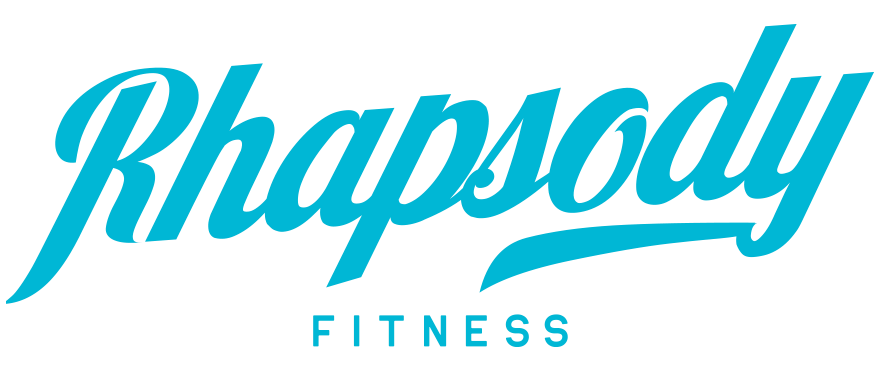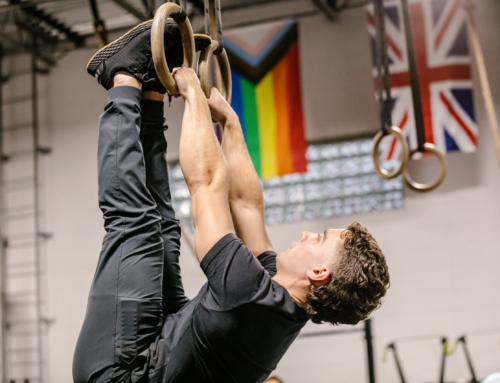 If you have an interest in fitness and accomplishing specific personal goals, then chances are you’ve taken a look at fitness trackers. Wearable technology from Apple, Garmin and Whoop provides a way to gather measurable data to support your progress and track changes in your fitness and performance over time. These types of watches offer personal accountability, goal tracking and sharing options aimed at increasing your motivation and creating sustainable habit changes.
If you have an interest in fitness and accomplishing specific personal goals, then chances are you’ve taken a look at fitness trackers. Wearable technology from Apple, Garmin and Whoop provides a way to gather measurable data to support your progress and track changes in your fitness and performance over time. These types of watches offer personal accountability, goal tracking and sharing options aimed at increasing your motivation and creating sustainable habit changes.
As fitness technology has evolved, so have the metrics you can track. That small device on your wrist is continuously counting and updating data like daily step count, calories burned, workout time, sleep time, quality of sleep, resting heart rate, max heart rate and heart rate variability.
Over the past several years, fitness technology has grown in popularity as has the research behind it. While some studies have shown the positive benefits people experience after using something like an Apple Watch for several months, other studies have shown that technology alone isn’t enough to create lasting change.
“Fitness trackers are equivalent to a bathroom scale. They’re a measurement tool, not an intervention tool. They tell you something, but don’t give you a strategy for how to change it.” (Eric Finkelstein, source)
Another researcher, Dr. Mitesh Patel, compares fitness watches to a regular gym membership:
“People pay a few hundred bucks to join a gym thinking it’ll engage them in new behaviors. But beyond the first few weeks, most people don’t go. Similarly, giving someone a fitness tracker won’t change their behavior. It can help facilitate changes, but it won’t, by itself, drive change.” (source)
So, what place does technology have in your daily life and workouts?
The answer is in what you do with all the information that your device of choice collects.
Your watch accumulates a LOT of data. But if you never do anything with all that information, you might discover that you never get any closer to your goals. And your device could end up spending more time at home charging than on your wrist.
Your Whoop, Garmin or Apple Watch becomes more of a hindrance than a help when its use is unclear.
To get more out of your fitness tracker, follow these steps:
1. Take a step back and define (or redefine) the fitness and performance goals that you’re working toward.
2. Next, come up with a strategy that will help you accomplish these goals. A coach is a great resource when it comes to developing an actionable plan for the next several months. Specify what data would be useful in complementing your training plan.
3. Finally, use the data that you pull from technology to support your training. Use the information to your advantage and as a sidekick to hard work and self-discipline.
Measurable data is your key to long term success and positive change. Which is why at Rhapsody, we prioritize workout tracking. No matter if you wear a smartwatch every day or you’re not crazy about gadgets, we recommend Sugar WOD – a platform that will take your fitness and our community to the next level.
To learn more about how to get started on achieving your goals with Rhapsody CrossFit in Charleston, contact us today!





